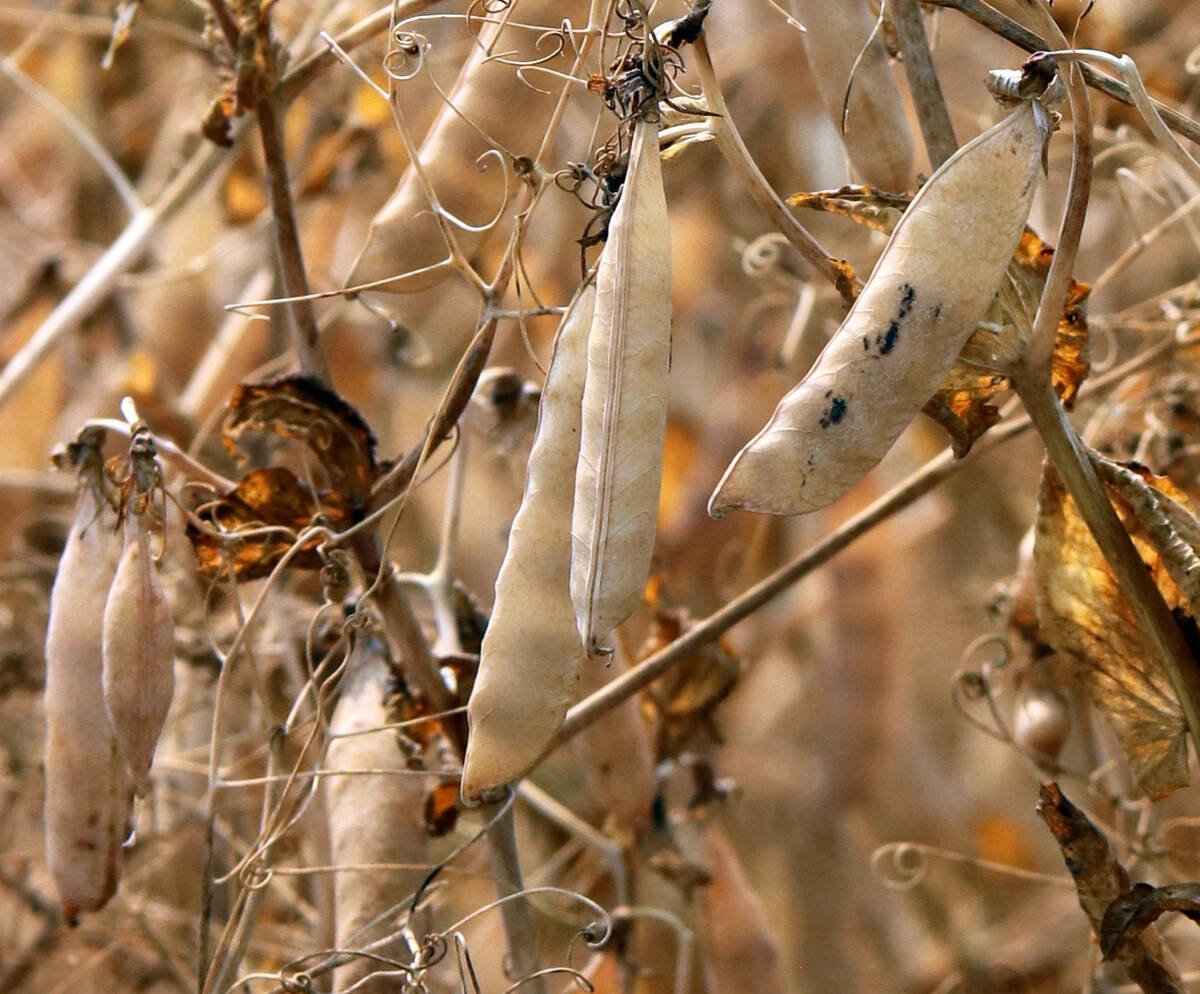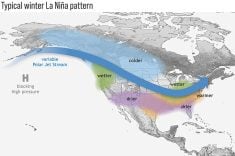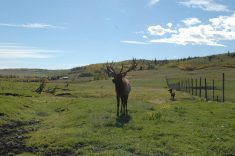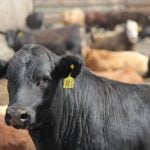BANFF, Alta. – Give advice? Get insurance.
When grain producers provide professional advice or supply custom farming services, the better their education, the more they need to consider their insurance.
“Agrologists need to consider their insurance needs based on the types of liability they may be seen to have, if there is a problem,” said Doug Lyall of Shackelton Agencies of the Western Financial Group.
Agrologists in Alberta need not be members of an association to be considered professionals, according to pending legislation in that province.
Read Also

Trump’s tariffs take their toll on U.S. producers
U.S. farmers say Trump’s tariffs have been devastating for growers in that country.
If they have a vocational certificate or professional degree related to agriculture and they perform consulting or agronomic services, they should have professional liability insurance in addition to general liability coverage. General liability covers actions, while professional liability handles the results of advice.
“If you can be considered a professional through certification or education, then you could be held liable for your advice,” he said.
Terry Betker of Meyers Norris Penny in Winnipeg suggests agrologists or service providers that could be classified as professionals should make time to review their insurance coverage.
“Agriculture is big business and the cost of a claim against you could be larger than you might imagine,” Betker told the Canadian Consulting Agrologists Association at its annual school in Banff March 27.
Betker is the incoming president of that association and said what may have started out for some commercial producers as custom work, seed cleaning or other services may have evolved into a business that could place them and their enterprises in financial jeopardy.
“There is such a thing in this business as service creep. You find your services and your business shifting into new areas of practice that you might never have dreamt of. And unless you tell your insurer what you’ve been doing, you may not be insured or may not be carrying enough to cover your liability,” he said.
Lyall said policies vary greatly with a trend to aggregate limits being written in the current market.
He said a $5 million liability policy might be $5 million of coverage in total for a single year or it might be a $5 million per claim cap, with multiple claims allowed. Combinations of capped claim amounts and aggregate amounts are also possible, say agronomists.
“You need to know. If it’s been a few years since you visited your policy’s details, you should to put it on your to-do list,” said Lyall.
He said agronomists should also seek advice from their insurer about the long-term effect of their policies. Claims rising from advice or actions they have taken may not become apparent until years after the work was performed and the term of the policy has expired.
Lyall said agronomists and those providing custom services should also be aware of clauses in policies that weren’t intended for use in agriculture.
Colin Simmons an agricultural lawyer from Calgary, offered another area to insure.
“As professionals or anyone who could be judged to be one, you need to consider errors and omissions coverage. Eventually we all make mistakes. I’ve heard it can even happen to agricultural attorneys,” he said.
“If you are working outside your scope of experience then you need to make sure you are covered.”














